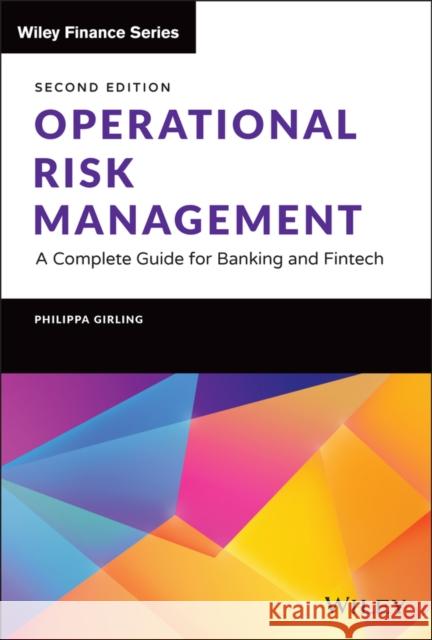Operational Risk Management: A Complete Guide for Banking and Fintech » książka
topmenu
Operational Risk Management: A Complete Guide for Banking and Fintech
ISBN-13: 9781119836049 / Angielski / Twarda / 2022 / 384 str.
Kategorie:
Kategorie BISAC:
Wydawca:
Wiley
Seria wydawnicza:
Język:
Angielski
ISBN-13:
9781119836049
Rok wydania:
2022
Numer serii:
000293957
Ilość stron:
384
Waga:
0.59 kg
Wymiary:
23.11 x 16.26 x 3.81
Oprawa:
Twarda
Wolumenów:
01











